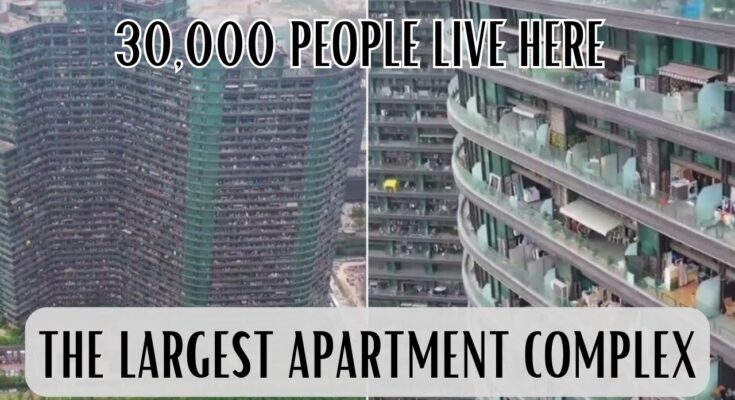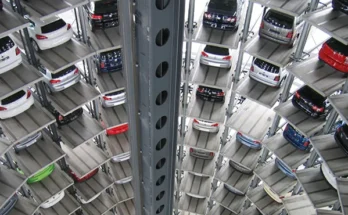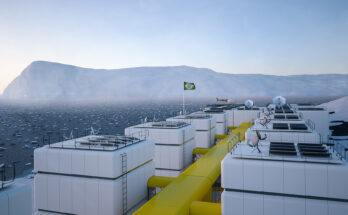In the heart of Hangzhou, China, an architectural marvel redefines urban living—the Regent International Complex. This colossal structure, home to approximately 20,000 residents, is not just a residential building but a self-sustaining ecosystem. It offers everything from shopping malls and restaurants to fitness centers and entertainment facilities, making it one of the most ambitious urban developments in the world.
A Vertical City

The Regent International Complex embodies the concept of a “vertical city,” where residents can access all essential services without stepping outside the building. The structure includes:
- Residential Apartments – Thousands of units designed for different income levels, catering to a wide range of residents.
- Retail and Shopping Centers – Multiple floors dedicated to shopping, dining, and commercial activities.
- Fitness and Recreational Facilities – Gyms, swimming pools, yoga studios, and sports courts provide convenient access to wellness services.
- Workspaces and Offices – Co-working spaces and corporate offices allow residents to work without long commutes.
- Healthcare and Education – On-site clinics, schools, and daycare centers ensure that families have essential services within reach.

This self-contained approach to urban living aims to maximize convenience and efficiency while reducing the need for traditional city infrastructure.
The Benefits of a Self-Sustaining Mega-Structure
The Regent International Complex offers numerous advantages to its residents and the broader urban landscape:
- Reduced Commuting Time – With workplaces, shops, and amenities within the same building, residents save hours that would otherwise be spent in traffic.
- Enhanced Convenience – Everything from grocery shopping to healthcare appointments is available within walking distance.
- Eco-Friendly Living – The structure promotes sustainability by minimizing car usage, incorporating energy-efficient systems, and optimizing shared resources.
- Urban Density Solutions – By concentrating a large population within a single structure, the complex helps alleviate the sprawl of cities, reducing pressure on land and infrastructure.
Concerns and Challenges
Despite its conveniences, the Regent International Complex raises concerns about the future of urban life:
- Social Isolation – Critics argue that living in a single building for extended periods may limit real-world interactions and reduce community diversity.
- Psychological Effects – Some worry that a fully enclosed environment could lead to feelings of confinement and detachment from traditional city life.
- Dependence on One Structure – With everything centralized in one place, any failure in infrastructure or management could significantly impact thousands of residents.
- Economic Disparities – While the complex provides various housing options, some fear that wealthier residents will have access to better amenities, exacerbating social inequality within the building.
A Glimpse into the Future of Urban Living?
The Regent International Complex is a bold experiment in urban design, reflecting China’s rapid modernization and innovative city planning. It represents a potential solution to overcrowding and sustainability challenges but also raises important questions about the balance between convenience and community.
As cities around the world face increasing population pressures, structures like this may become more common. Whether they enhance or hinder urban life remains to be seen, but one thing is certain—the way people experience cities is evolving.



